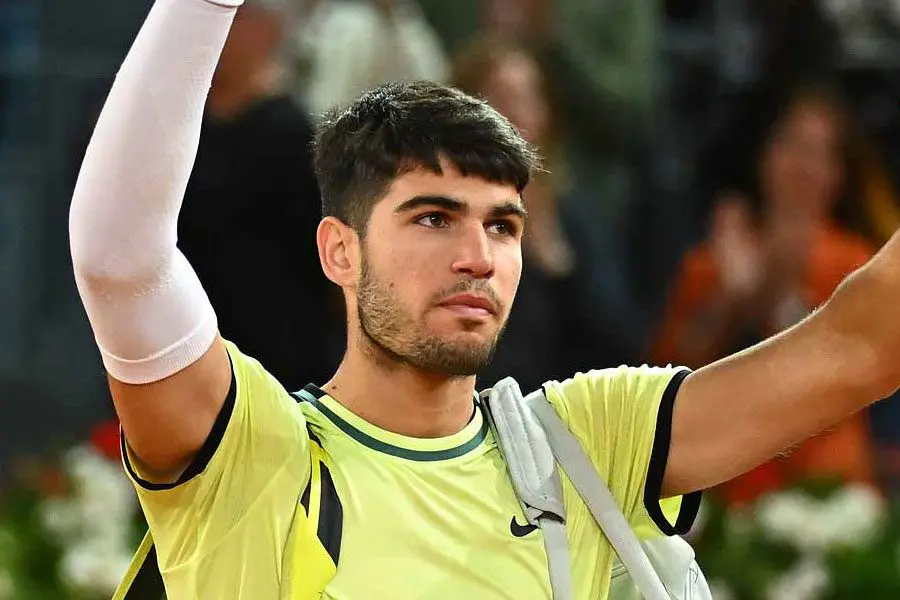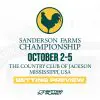THERE was a landmark moment in Australian sport this last Sunday.
Our Aussie readers might have missed it, though, as it took place a million miles from home in Pittsburgh, PA.
San Francisco 49ers fans probably didn’t notice it, either, with their team in the midst of a mighty hiding from the Steelers.
But when the 49ers’ Jarryd Hayne fielded a punt from Jordan Berry, the Pittsburgh kicker, it marked the first time in NFL history that two Australians had combined for such a play.
And with all the frenzy surrounding the ‘Hayne Plane’, we couldn’t help but ponder the ever-growing list of code converts and dual athletes in world sport.
Here’s our top five, starting with the now-familiar theme of an Aussie boy setting sail across the Pacific…
5. Pat O’Dea – Australian rules to American football
One of the very first Australians to try their hand on the gridiron in the US, Patrick O’Dea still ranks among the most successful, influential and enigmatic cross-code footballers of all time.
Born in Kilmore in country Victoria, O’Dea was widely regarded as the VFA’s most impressive exponent of the drop kick during his time with Melbourne and Essendon in the early 1890s.
But the Xavier College graduate ended his promising Australian rules career suddenly in 1895 and wound up in the United States, where his brother was the rowing instructor at the University of Wisconsin-Madison.
O’Dea’s explosive kicking abilities were soon noticed – and the rest, as they say, is history.
The affectionately nicknamed ‘Kangaroo Kicker’ was UW’s star fullback from 1896 to 1899, dazzling the college football circuit with his prodigious long-range field goals in an era before specialist punters and forward passes came into vogue.
With professional football still in its infancy, O’Dea was one of the game’s brightest stars – so much so that he was awarded All-American honours in 1899.
He went on to coach both Notre Dame and the University of Missouri, finishing with a combined 19-7-2 record, before moving to California and disappearing from public view for several decades.
But his exploits were never forgotten, and O’Dea was inducted into the US College Football Hall of Fame on April 3, 1962 – just two days before his death, at the age of 90.
4. Antonio Gates – basketball to American football
During his time at Kent State, Antonio Gates was a big-game power forward who inspired the Golden Flash to MAC glory and the ‘Elite Eight’ of the 2002 NCAA Division 1 Basketball Tournament.
These days, he’s considered one of the greatest tight ends in National Football League history.
Upon graduating from college in 2003, Gates (who stands a measly six feet, four inches) was told by NBA scouts that he wasn’t big enough to make it in pro basketball.
So the Detroit native turned his attention to football – a sport he had not played since high school – and sought trials during the NFL off-season.
The story goes that as many as 19 franchises were interested in Gates, with the San Diego Chargers first in line to get a look at him.
But we will never know exactly how many teams wanted that undrafted free agent, because the Californians snapped him up immediately.
In the 12 years since, Gates has earned selection for eight consecutive Pro Bowls (2004-2011), five All-Pro teams (including three First-Team appearances), the NFL 2000s All-Decade Team.
He is also the Chargers’ all-time leader for receptions, receiving yards and receiving touchdowns, and a member of San Diego’s 50th Anniversary Team.
Were it not for the fact Gates is currently serving a suspension for violating the NFL’s drugs policy, his record would make him an absolute certainty for induction into the Hall of Fame.
Indeed, without the PED cloud that surrounds him now, he may have featured even higher on this list.
But whichever way you look at it, it’s been a heck of a career for a guy who was told he lacked the physique for professional sports.
3. Sonny Bill Williams – rugby league to rugby union (and vice versa)
While the likes of Dally Messenger and Brian Carney are well worth a shout, it’s impossible to write an article about code-jumpers without mentioning one of the art’s most prolific practitioners.
In most cases, there are two scenarios when a star player switches rugby codes: either it sticks, and they play out their days in their new format; or it doesn’t, and they return to their original discipline for good.
Sonny Bill Williams does not fall into either category.
Since quitting the Canterbury Bulldogs in 2008 to join French union side Toulon, the New Zealander has made the switch on two further occasions – and with no little success.
Having returned to rugby league in 2013 with the Sydney Roosters, SBW lasted two seasons before moving back to union with the Chiefs in 2014.
And the switchback paid off in spades, with Williams earning a spot on the All Blacks’ 30-man roster for the 2015 Rugby World Cup in England.
What’s special about Sonny Bill’s flip-flopping is not its mere frequency, but how well he has adapted to the differences between the two codes on each occasion.
But perhaps that’s because he’s never changed too much about his own game, as many pundits credit Williams and his direct attacking style as major influences in the evolution of rugby union in recent years.
Good luck to Williams at the England World Cup!
2. Jim Stynes – Gaelic football to AFL
The story of the late, great Jim Stynes makes for one of the most beloved underdog tales in Australian sport.
The gangly Dubliner was among the first waves of the ‘Irish experiment’ – a radical international recruitment program developed by the Melbourne Football Club during the 1980s.
Stynes had been a promising Gaelic footballer, winning the 1984 All-Ireland Minor Championship with County Dublin before shipping off to Australia at the tender age of 18.
But the huge risk paid great dividends for all concerned.
Making his VFL debut as an awkward-looking ruckman in 1987, Stynes would go on to make 264 senior appearances and become one of the Demons’ all-time greatest players.
The Irishman’s groundbreaking role as an athletic, endurance-running tall was hugely influential, leading to rucks becoming more rounded on-ball players rather than simply tap-out specialists.
His success also paved the way for a number of high-profile Irish imports in the Australian Football League, including Sydney Swans premiership player Tadhg Kennelly and Brisbane Lions star Pearce Hanley.
Stynes’ career highlight came in 1991, when he became the first (and so far only) overseas-born player to win the coveted Brownlow medal – the highest individual honour in AFL football.
He also claimed the Leigh Matthews Trophy that year, earned All-Australian selection for the first time, and was named Melbourne’s best and fairest – a feat he would repeat in 1995, 1996 and 1997.
Stynes finished his career in 1998 after a hand injury ended his streak of 244 consecutive senior games – a VFL/AFL record – and has since been inducted into the Australian Football Hall of Fame and Melbourne’s Team of the Century.
He took up the club presidency at Melbourne in 2008 and remained a hugely popular figure after football, winning Victorian of the Year and Order of Australia honours for his outstanding youth work via the Reach Foundation.
Such was his status in his adopted home that Stynes, who died of brain cancer in 2011, was honoured with a state funeral.
1. Bo Jackson – American football and Major League Baseball
There’s a good reason ESPN named Bo Jackson as the greatest American sportsman of all time.
And that’s because he wasn’t just a code hopper; he was a genuine star in two pro sports at once.
Jackson excelled at both football and baseball during his time at Auburn University, where he enrolled despite recently being picked by the New York Yankees in the second round of the 1982 MLB National Draft.
He also starred for the track and field team, winning the state decathlon title twice and setting school records in both the high jump and the triple jump.
But while many student-athletes have juggled multiple sports during their college days, few have ever gone on to do so with any great impact at professional level.
It initially appeared Bo would follow the mould and turn all his attention to baseball, after he refused to play for the Tampa Bay Buccaneers – with whom he had bad blood – when they picked him at number one in the 1986 NFL Draft.
However, only a year after commencing his Major League career with the Kansas City Royal, Jackson took on dual-athlete status by signing with the Los Angeles Raiders as a running back.
Over the next four years, the young Alabamian became the biggest identity in American sports.
Jackson played both Major League Baseball and NFL with great distinction between 1987 and 1990, during which time he became the first person to earn both Pro Bowl selection and an All-Star cap – a feat which remains unmatched to this day.
But after a career-best season with the Raiders, Bo’s football exploits were halted for good in 1991 when he suffered a severe hip injury during a playoff game against the Cincinnati Bengals.
He continued his baseball career with the Chicago White Sox, where he earned the 1993 AL Comeback Player of the Year award, before finishing his career in ’94 with a solitary season at the California Angels.
And yet, for all his achievements, Jackson’s legacy leaves a lingering sense of what might have been – for who knows what more he may have done in both football and baseball if it weren’t for the fake hip?












